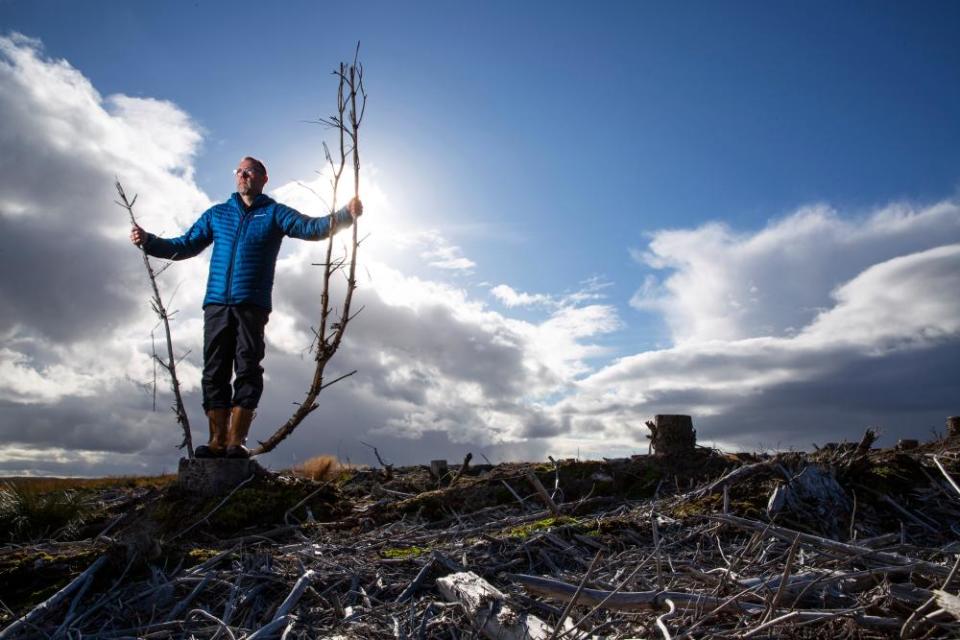Plantwatch: keeping the carbon trapped in Scotland’s vast peat bog

Boglands are precious landscapes, and the vast wilderness of bogs of the Flow Country in northern Scotland is considered the world’s largest area of blanket bog – a rare type of peatland that covers the landscape like a blanket and which forms in a cool, wet climate.
The peat is created largely from sphagnum moss and when the plant dies its remains do not fully decompose in the bog’s acid waters, and so the dead moss becomes buried and turned into peat along with its carbon contents. The Flow Country is so vast its peatland stores 400m tonnes of carbon, more than double the carbon stored in all the UK’s woodlands, and a huge contribution to fighting the climate crisis.
Related: Third of all compost sold in UK is climate-damaging peat
But Scotland’s peatlands are now facing warmer summers and more frequent droughts, releasing carbon back into the atmosphere, making it crucial to keep the boglands healthy. Scotland has become a world leader in efforts to restore bogs. One project at Forsinard Flows is stripping out plantations of foreign conifers, and blocking up drainage ditches to let the water level rise. And although it can take decades to fully restore the bogs, they are returning to health.

 Yahoo Movies
Yahoo Movies 